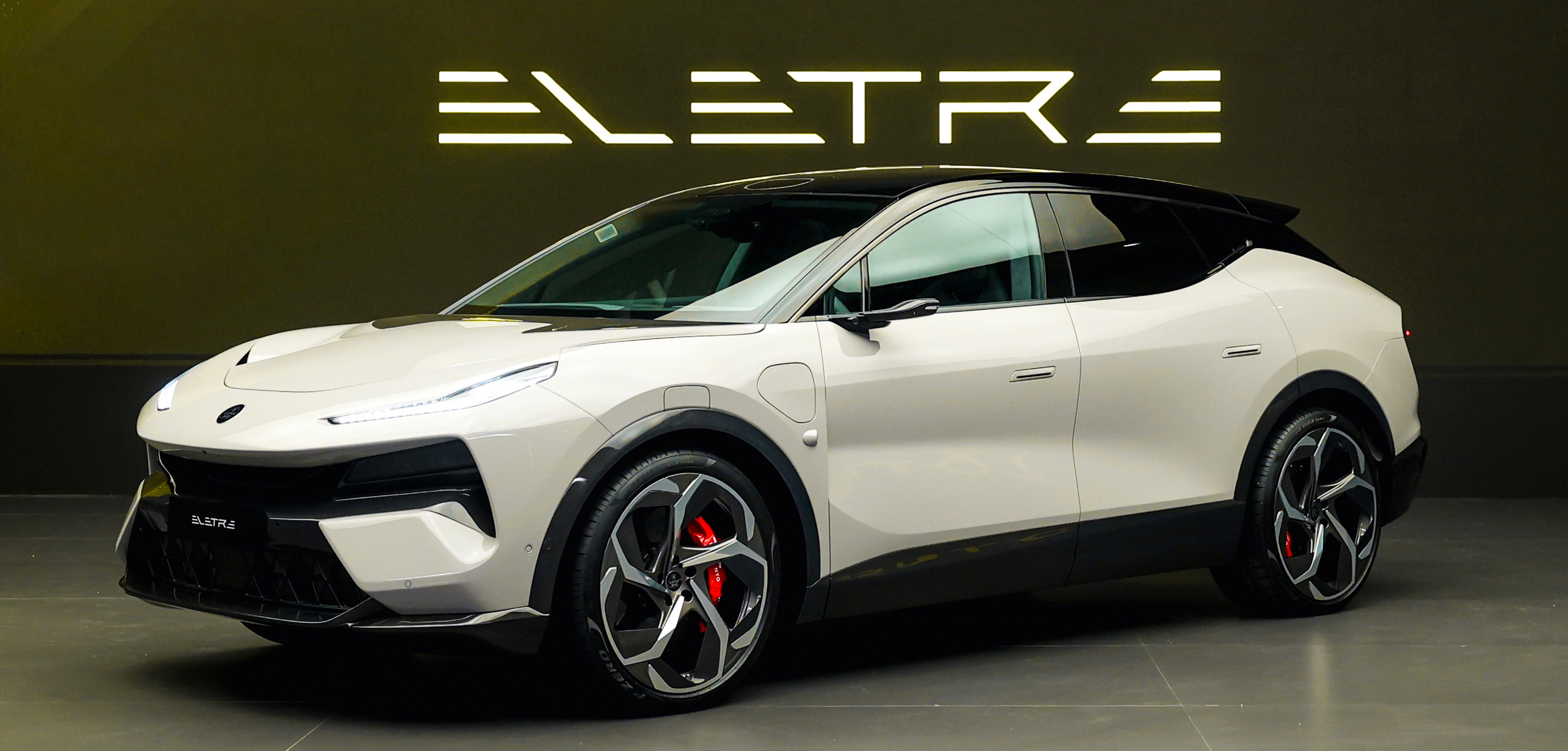On June 1st, Lotus Eletre completed its first appearance in China and started taking reservations.
For car enthusiasts, Lotus has always been a very unique car manufacturer. Even in today’s heavily homogeneous automotive industry, Lotus still “keeps its original intention” and insists on pursuing the ultimate handling of vehicles. However, facing the changes of the times and industry, Lotus is also pursuing changes in the constant. The birth of Eletre represents to a certain extent Lotus’s “definition” of modern cars.
As Lotus Vice President of Technology Li Bo said, the essence of this “automobile revolution” is “robotization”. Lotus has a very rich configuration in intelligent driving, and Eletre has a total of 34 high-performance sensors, and hardware redundancy is the basis for achieving high-level intelligent driving. So why does Lotus emphasize intelligence so much? What intelligent driving functions can Lotus Eletre achieve in the future? Will Lotus intelligent driving be self-developed? With these questions, we had a discussion with Lotus Vice President of Technology Li Bo.
Product Positioning and Sensors
First is the definition and positioning level. Many people are puzzled that Lotus, a racing brand with racing genes and always emphasizing handling performance, suddenly focuses on “intelligentization” in this transformation. Why would a car brand that contradicts handling development and intelligence development focus on developing intelligence? How to coexist intelligence and handling?
In Li Bo’s view, today’s consumers are hungry for intelligence, similar to how 100 years ago, consumers were hungry for speed. However, the level of intelligence today has not yet satisfied consumers, so in the foreseeable future, intelligence will play a more and more important role in the product quality of cars. At the same time, this is also the practice that high-end models need to carry out. Therefore, even if competitors in the same segment do not emphasize intelligent performance as much, in Lotus’s view, this is an important step that needs to be taken in the transformation.
There are mainly two schools of thought in the intelligent driving route, one is pure vision and the other is multi-sensor fusion. Lotus belongs to the latter. The number of sensors is as many as 34, and the types are also very rich. Regarding the corresponding relationship between sensors and vehicle positioning, whether it is a “cherry on top” or not, Li Bo also gave his own views. In addition, Li Bo also shared his understanding of the “stacking” phenomenon.
In Li Bo’s view, intelligence is the foundation of the automobile revolution and future cars will definitely be robots with automotive form. From this perspective, intelligence is both a basic requirement for future intelligent cars and a bonus.Regarding the phenomenon of “parts stacking” in the industry, there are two core perspectives: firstly, hardware determines the ceiling of software; secondly, “parts stacking” reserves sufficient computing power, storage space, and perception capabilities for OTA updates. Hardware determines the height, for example, the iPhone 7 and iPhone 13 use the same system and download the same software, but there is a gap in gaming performance due to differences in hardware. The second point is easy to understand, make sure there is sufficient computing power and storage space prepared, including perception capability preparation, so that it can be continuously updated through OTA for enhancements.
How to understand “race-level” intelligent driving?
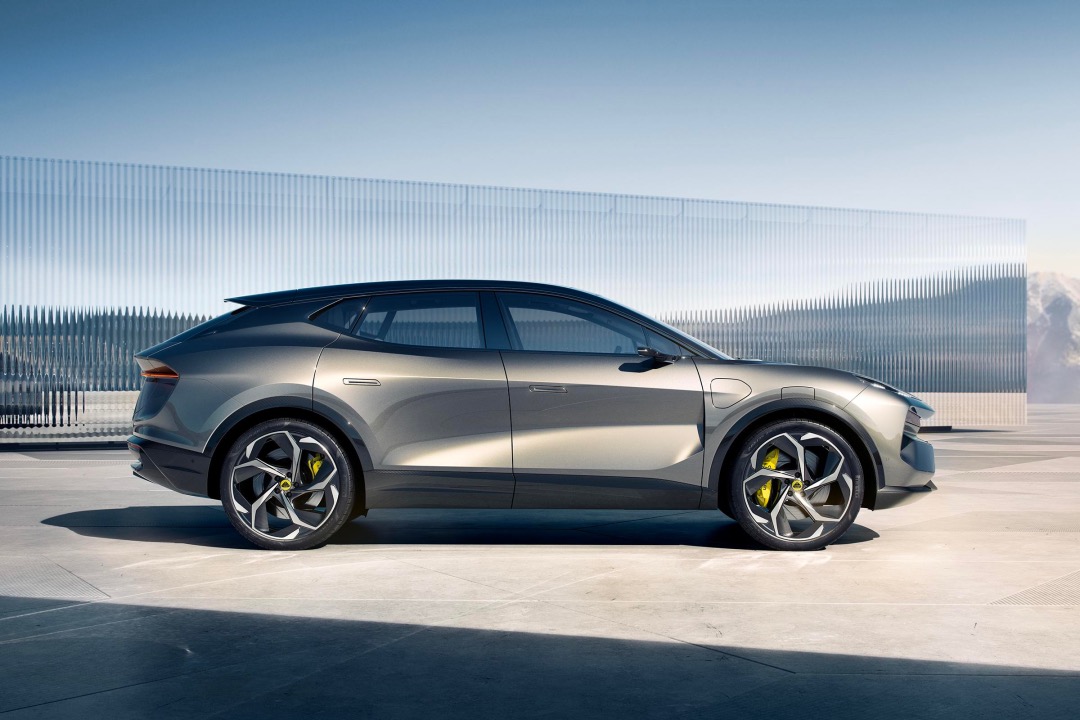
Lotus has always emphasized that it will have “race-level” intelligent driving capabilities. This term is somewhat ambiguous for users, whether it is just a marketing tactic, or a true reflection of its strength. Moreover, what advantages can be gained by applying technologies accumulated on the track to the road? How to balance the pleasure of racing with intelligent driving? Li Bo was asked about these questions.
Firstly, Li Bo denied that this was a marketing tactic. Lotus is currently developing these two aspects in tandem. One aspect is the mass-produced products that are currently visible to the outside world, and the other aspect is the preparation work on the track. The track testing of subsequent models (including Eletre) is also in progress.
At the same time, Lotus believes that the technology accumulated on the track can greatly improve the reliability and safety of driving when it is applied to intelligent driving in our daily lives, as the perception technology honed on the track will be a kind of “downgrade attack” when applied to the road.
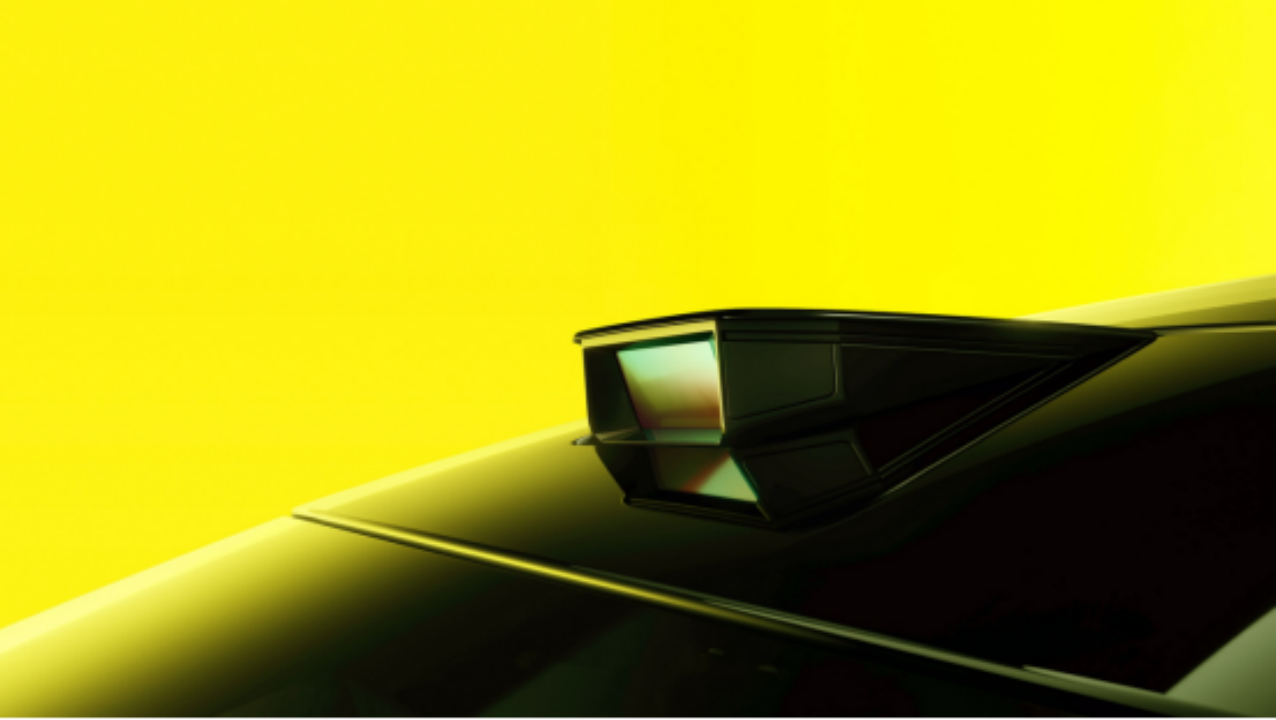
As for how to balance driving pleasure, Lotus has done a lot of thinking. For example, three of the four laser radars in the Lotus Eletre are retractable, which mainly considers factors such as beauty, aerodynamics, anti-pollution, and energy conservation (when the LAD function is not activated, the laser radar will not rise and start working, reducing the time of contact with the surrounding environment and the working time). Aerodynamics is also an important factor in improving handling performance.
In addition, if “race-level” intelligent driving just means that the vehicle automatically travels on the track, it is not meaningful. Multi-vehicle gambling on the track presents significant challenges for perception and decision-making. Applying such perception and decision-making capabilities to daily driving is the greatest significance.
This leads to a new problem. To improve the ability of open-road intelligent driving, a large amount of data is needed, but the Lotus Eletre is not a high-volume model. How should data be accumulated?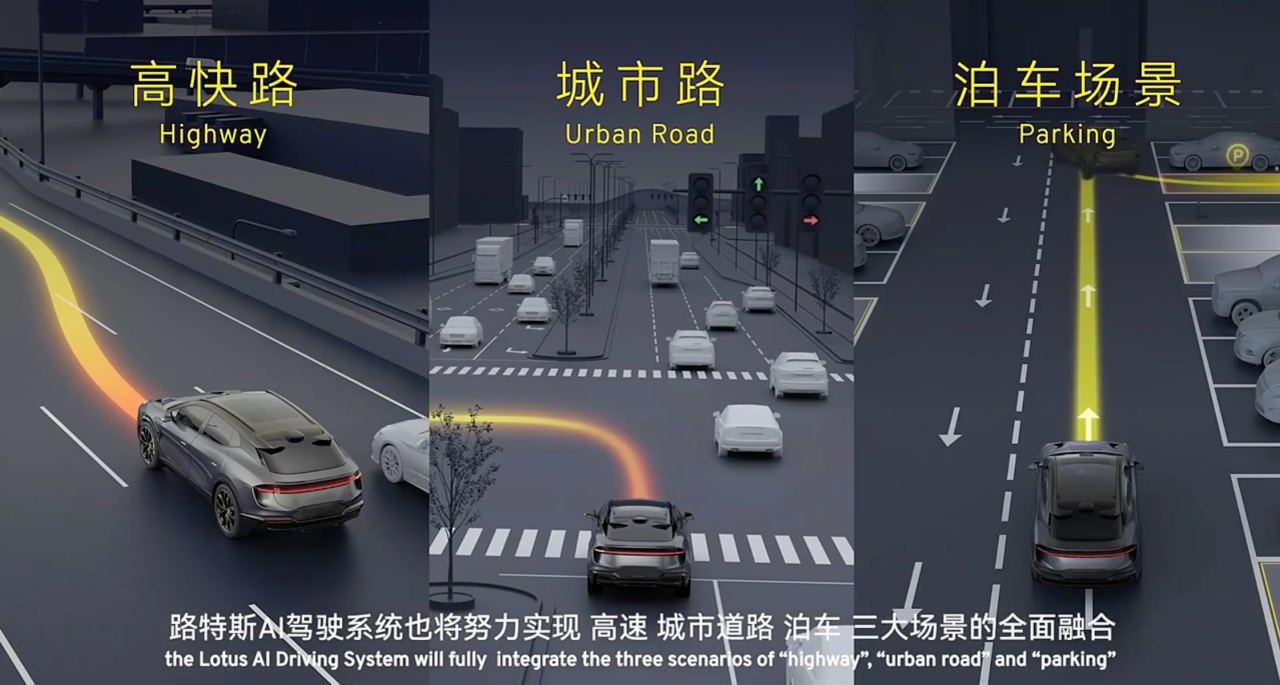
Li Bo has his own opinion on data accumulation: while data is important, the quality of data is more important than the quantity. Different data qualities have different performance ceilings after accumulation, and higher-quality data can forge better models. Therefore, Eletre is equipped with 34 high-performance sensors with five-fold sensing capability to accumulate more accurate and comprehensive high-quality data.
Furthermore, there is interaction between Lotus and the entire Geely system. Lotus technology relies on existing normalized road tests and simulation tests, as well as iterative data from subsequent car buyers, to evolve the model of Lotus to its limit. Moreover, high-quality data within the Geely system also has the opportunity to empower Lotus.
What is the pace of Lotus’ assisted driving development?
Mass production is the “submission” for intelligent driving. On the one hand, users are eager to obtain assisted driving functions when they receive the car, and on the other hand, this can also demonstrate their own research and development progress.
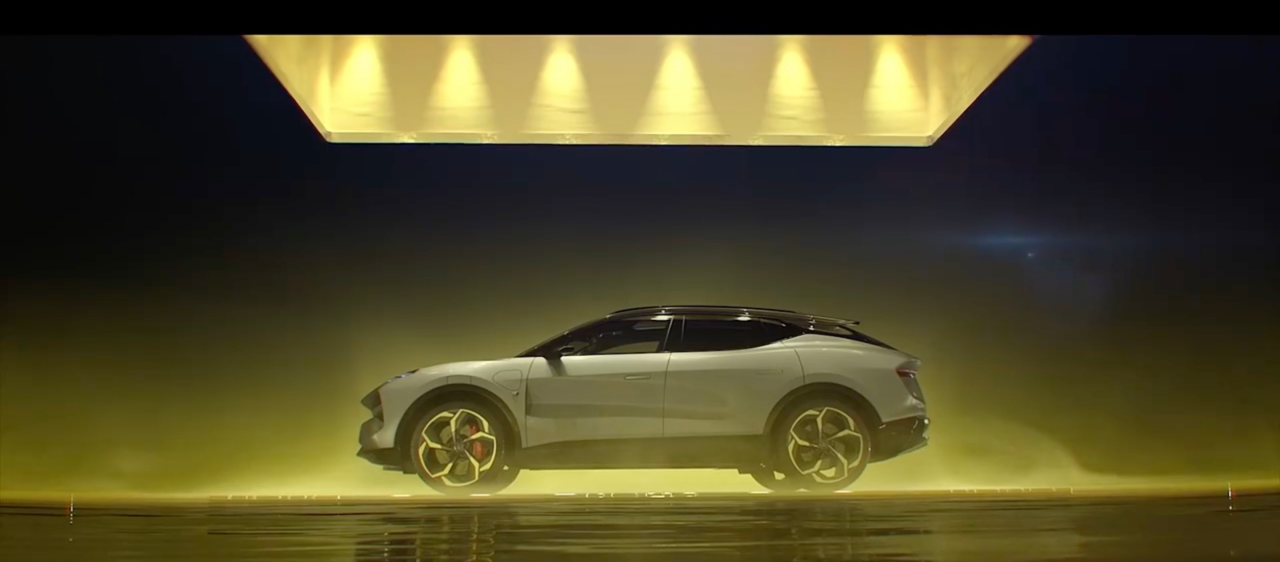
Li Bo stated that Lotus currently has hundreds of research and development personnel distributed in Hangzhou, Ningbo, Shanghai, and Frankfurt.
Today, more and more car companies emphasize self-research, including intelligent driving systems and even chips. Regarding this, Lotus’ attitude is that self-research is the correct direction, but creating resources and integrating resources are equally important for the time being, so Lotus will balance both. Lotus will have a large proportion of self-research software algorithms and even hardware, as well as a certain proportion of integrated resource configurations. This is Lotus’ current overall strategy.
From this communication meeting, we can understand Lotus’ definition of luxury and intelligence, how race-level intelligent driving empowers highway scenarios, the changes and constants of Lotus in the process of transformation to intelligence, and the functions Lotus can land in the short term when the future of intelligent driving is uncertain. We can feel that this company with race track DNA is actively embracing changes and facing the future with its original intentions, which makes us more looking forward to the delivery of Eletre.
This article is a translation by ChatGPT of a Chinese report from 42HOW. If you have any questions about it, please email bd@42how.com.
